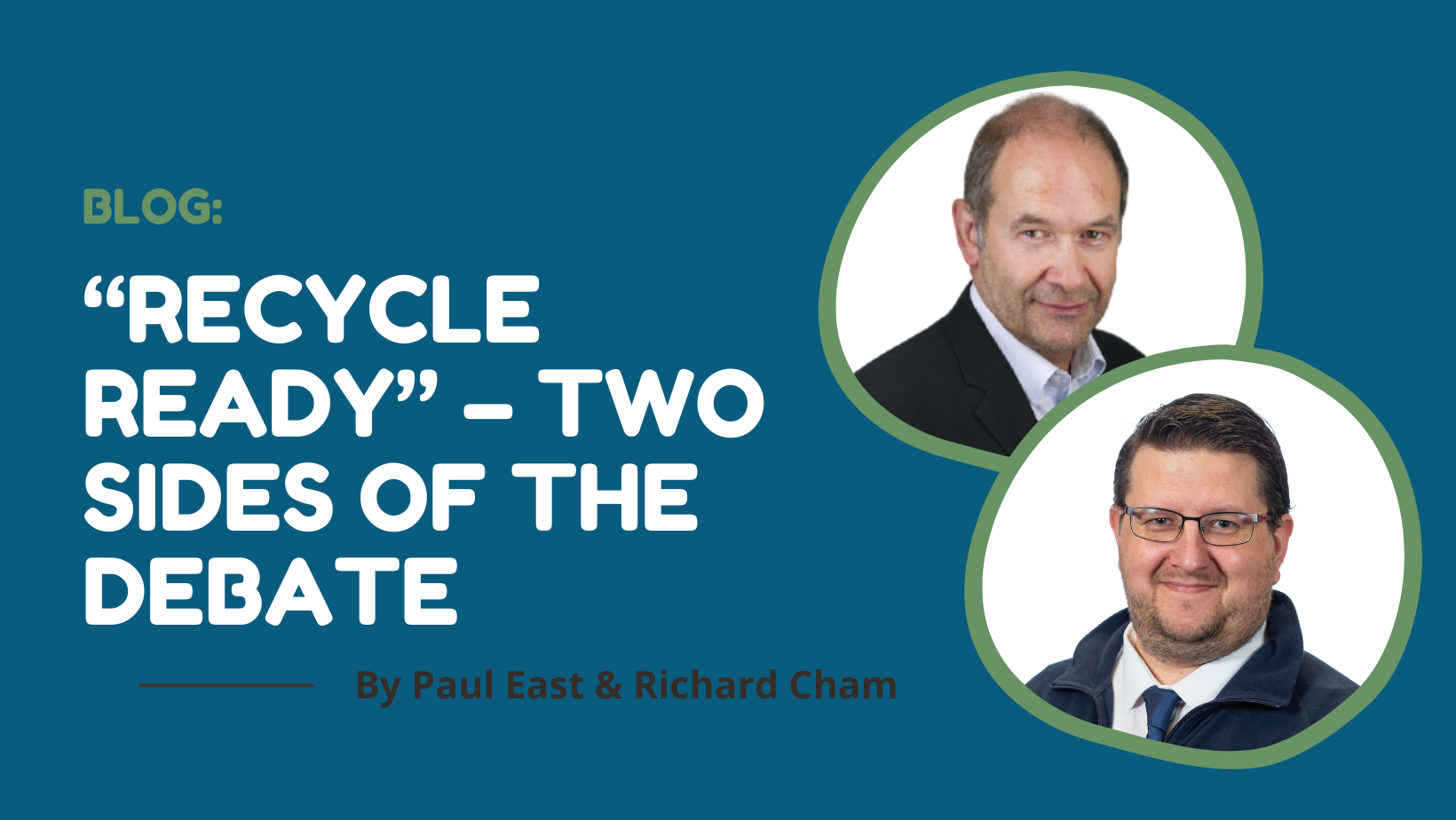‘Don’t let perfect be the enemy of good’ is great advice, but for some even better advice… Simple doesn’t work.
‘Don’t let perfect be the enemy of good’ is great advice, but for some even better advice… Simple doesn’t work.

A lot of my time lately has been taken up by discussions and meetings about the Recyclability Assessment Methodology (RAM), currently on version 1.1. Some of the discussions are rather intense and heated with two sides of an argument coming from the perspective of producers and recyclers.
The recyclers are worried that exemptions or allowances in the RAM are going to mean that contamination rates are going to go up. As an example, coloured PET is now acceptable according to RAM criteria, where it was amber originally (it was never red). The recycler is concerned that this means that a company like Coca-Cola, might suddenly think ‘ah we spent millions making Sprite bottles clear, let’s make it green again, because we can.’ To be clear I don’t know what Coca-Cola spent on the new Sprite bottle, nor do I know what they are thinking, but I can’t see them rushing to start making Sprite bottles green again.
Retailers are worried about their bottom line, they are going to be the ones impacted the most by the RAM, in some cases tens of thousands of SKUs need to be assessed under the RAM criteria, and some of their packaging is going to be hit quite hard by fees, in some cases unfairly in the name of simplification.
The interesting thing here. There were some vocal advocates for simplification of the RAM, yet they were also some of the most impacted by the simplification.
The RAM is published by PackUK, the scheme administrator for Extended producer Responsibility for packaging or pEPR for short. We love a good acronym, don’t we. The RAM is intended to act as a guidance tool for the assessment of existing packaging placed on the market against a set of recyclability criteria, resulting in a traffic light rating system. Red, amber, or green. The ratings are intended as a reference indicator to how easy packaging is to recycle, green meaning it is easy to collect, sort, reprocess and recycle. Amber means there are some limitations, but it is still recyclable. Whilst a red rating, essentially means you can’t come to the recycling party.
There is a key word in that last paragraph, any guesses?…
Guidance. As anyone who has ever been on a meeting with Paul East and asked whether a label that covers 61% of a bottle is recyclable, Paul will tell you, guidance means just that, it is guidance. It is not the law, just a helping hand to lead you on the righteous path to better decision-making.
Many of us are familiar with the age old good, cheap, and fast Venn diagram. It is well known that you can make something of variable quality with just two of those qualities, but to have all three is impossible if you want anything intelligible.
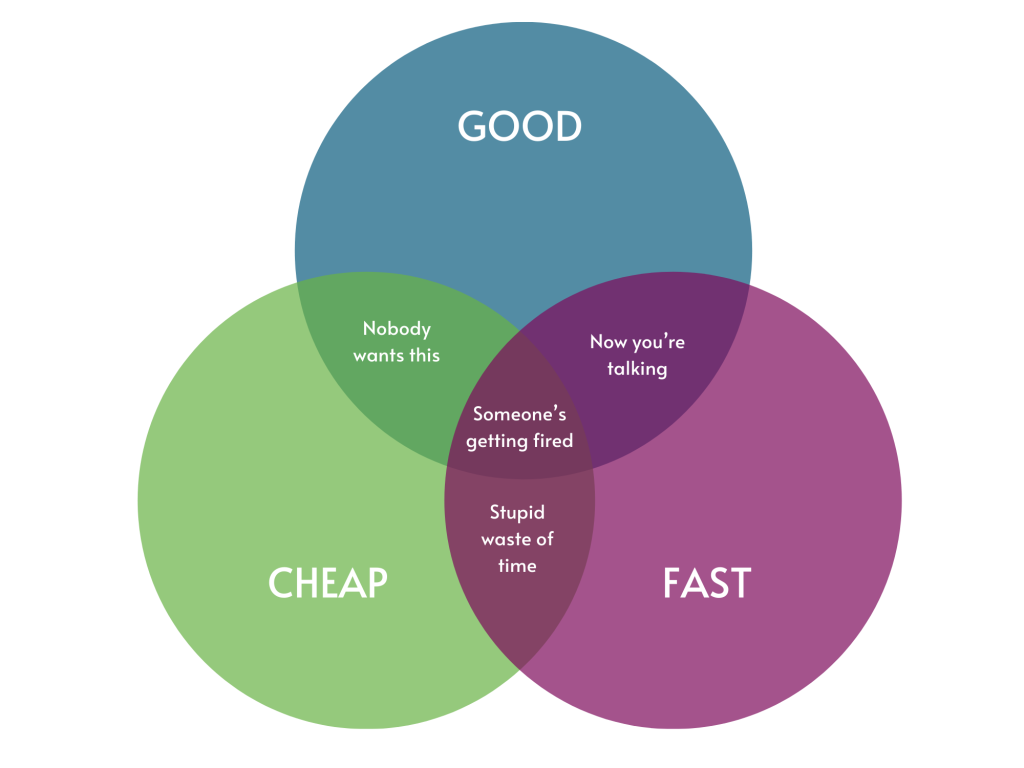
The RAM was produced in record time, the first consultations went out in October 2024, with the first version of the RAM being released on 23 December 2024, an early Christmas present for all in the packaging industry.
Some would argue that this was too fast, and it should have been given more time. But how much longer, 6 months, 6 years. I have sat in multiple meetings and working groups that still feel like they are discussing the same questions for the best part of a year, if not longer. The team behind the RAM had to make a choice between putting out something workable now and refining it over future revisions or sitting through torturous hours of debate with multiple stakeholders who will never agree on what is recyclable or not. Given the options, I think they made the right choice.
We are already seeing the implications of the RAM criteria and the incoming modulated fees hitting the shelves. Already some brands are switching lines from glass bottles to aluminium or plastic bottles. Fentimans is just one example that has been publicising their 250ml can range recently, after reports claiming that pEPR risks closures within the glass industry.
M&S has switched one of their own brand oat drink lines into a HDPE bottle, arguably, this may be a recyclability move rather than a RAM move, but it’s another material switch worth a mention that improves the recyclability and hence the RAM grading of a pack from amber to green.
There has been a lot of confusion since the latest release of the RAM, from questions about why small packaging like coffee pods are graded as red and why suddenly design criteria such as nanocomposites, label sizes and some flexible specifications have been removed and what is now acceptable. And that is just for the plastic packaging.
It seems for a start that some people are getting their wires crossed between the RAM and brand and retailers own RAG (red, amber, green) lists. The RAM is an important guidance tool, but at this stage it is by no means the complete and definitive guide to recycling.
The RAM has been developed and released quickly, too quickly to be anything definitive, but it doesn’t need to be. It is designed to enable brands and packaging producers to grade their packaging to decide what their modulated fees will be. It says so on page 3 of the RAM v1.1, ‘this rating affects the disposal fee that will be charged for that packaging.’ It is not a design for recycling tool.
Another common question we have been asked is whether RECOUP’s guidelines and those of other companies like RecyClass, Ceflex, British Glass, or CEPI are now redundant. The short answer is no. The RAM is not able to replace anyone’s guidelines now, in maybe 10 or 20 more versions it may become the defacto authority in recyclability guidelines, but for now the current guidelines in place are still the way brands and producers should be designing packaging.
RECOUP’s guidelines are designed using feedback and evidence gathered from the recyclers and end markets for the materials and consider all aspects of the recycling process to ensure the highest quality recyclate is produced. Which I would like to think is the same across all the other packaging industry guidance documents too.
The eagle eyed amongst you will have noticed a lack of aluminium guidance being mentioned above. Sometimes I wish that I worked in the aluminium industry, it must be the simplest material to recycle of them all. Have you seen their RAM section? It kind of goes like this:
- Is it aluminium ✔
- Is it sorted ✔
- Then it’s recyclable ✔
I guess simple does sometimes work.
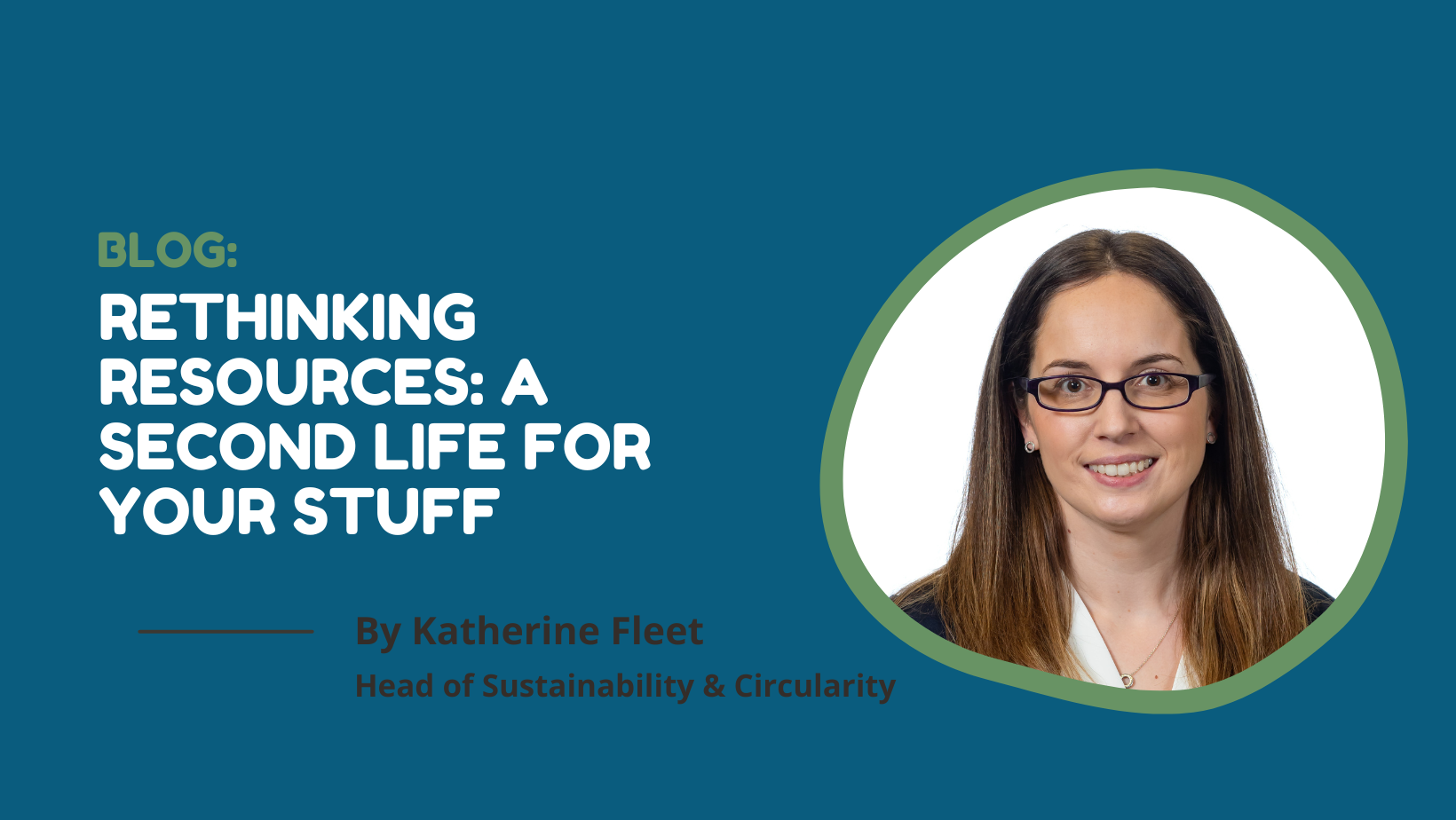
 Whilst plant pots are perhaps quite a niche area of plastics manufacturing, hundreds of millions each year find their way into households, and subsequently into the waste and recycling streams.
Whilst plant pots are perhaps quite a niche area of plastics manufacturing, hundreds of millions each year find their way into households, and subsequently into the waste and recycling streams.

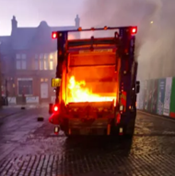
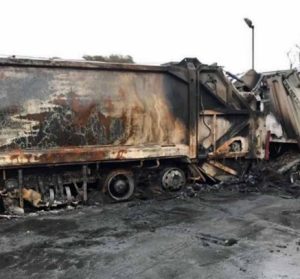

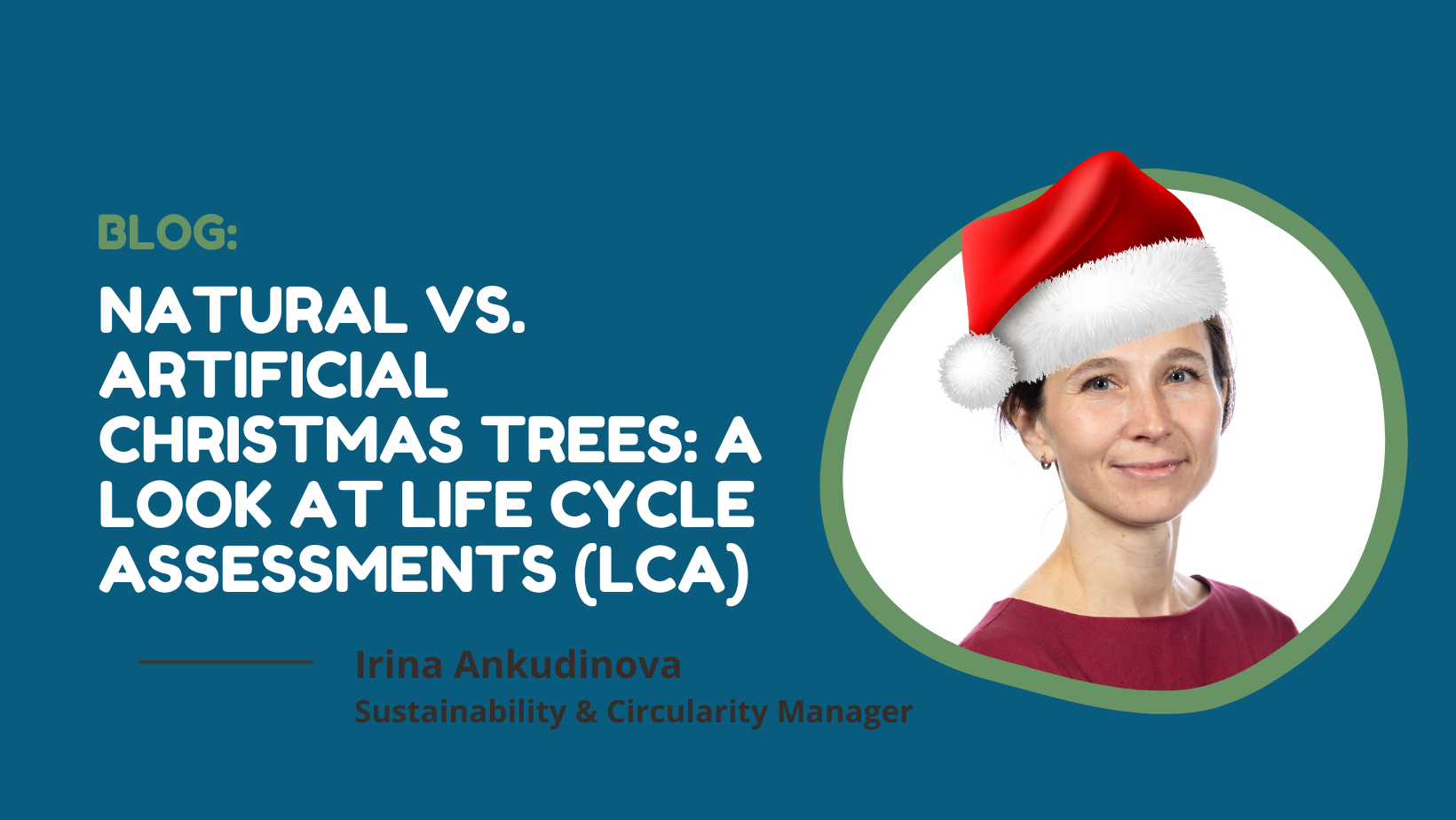
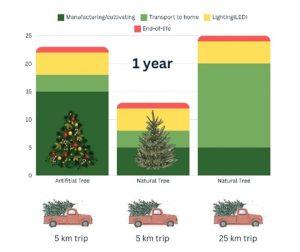
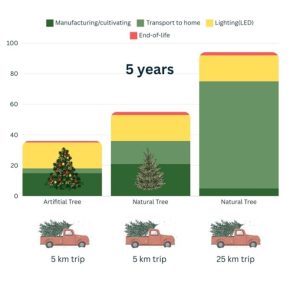
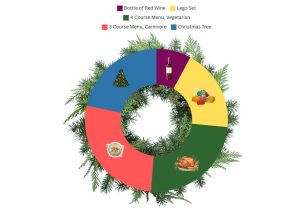
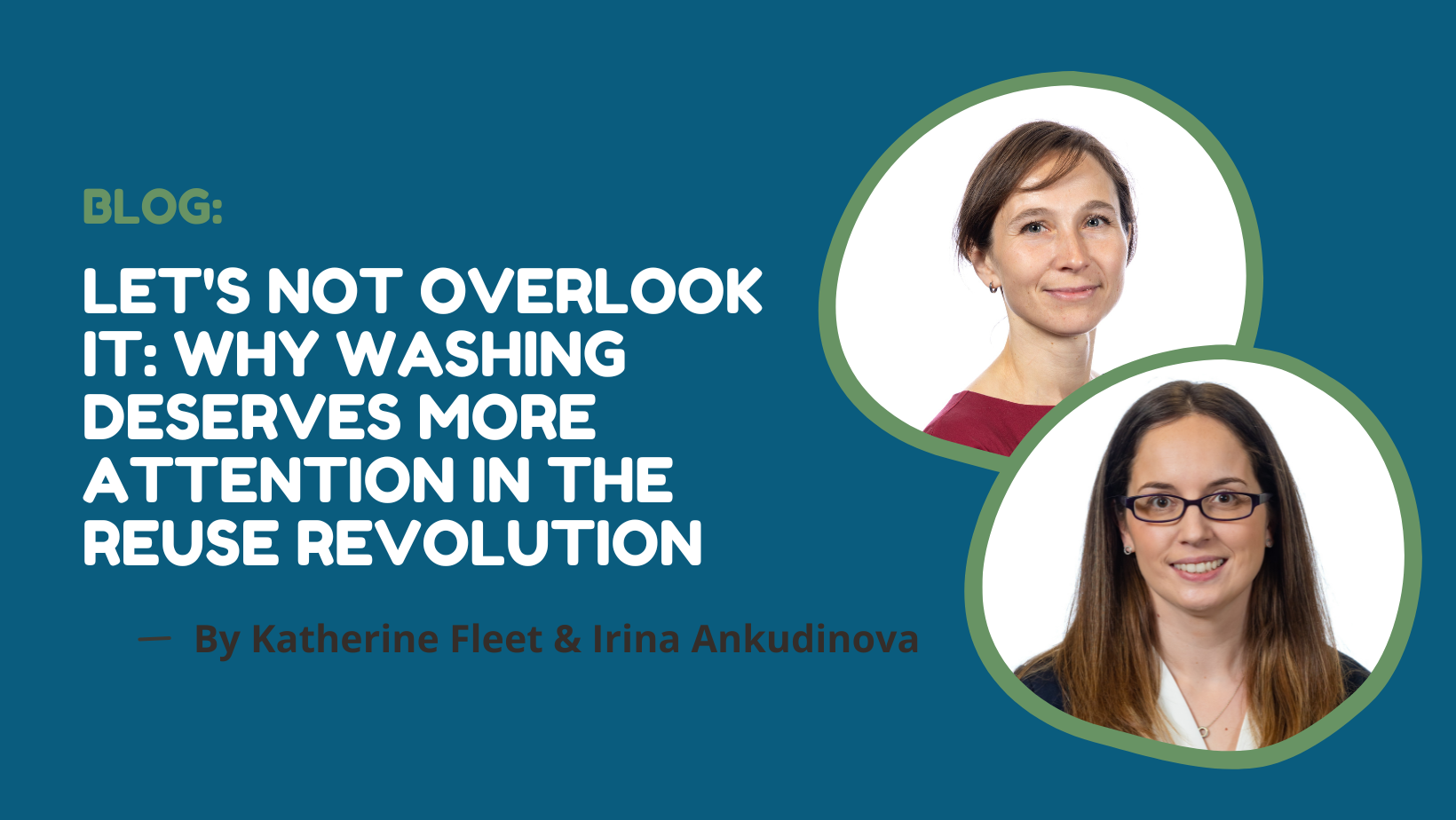
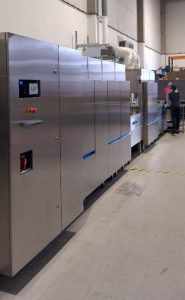
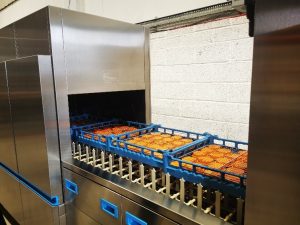
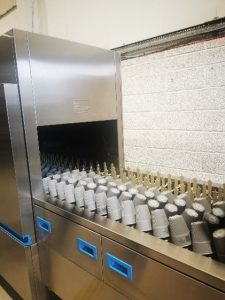

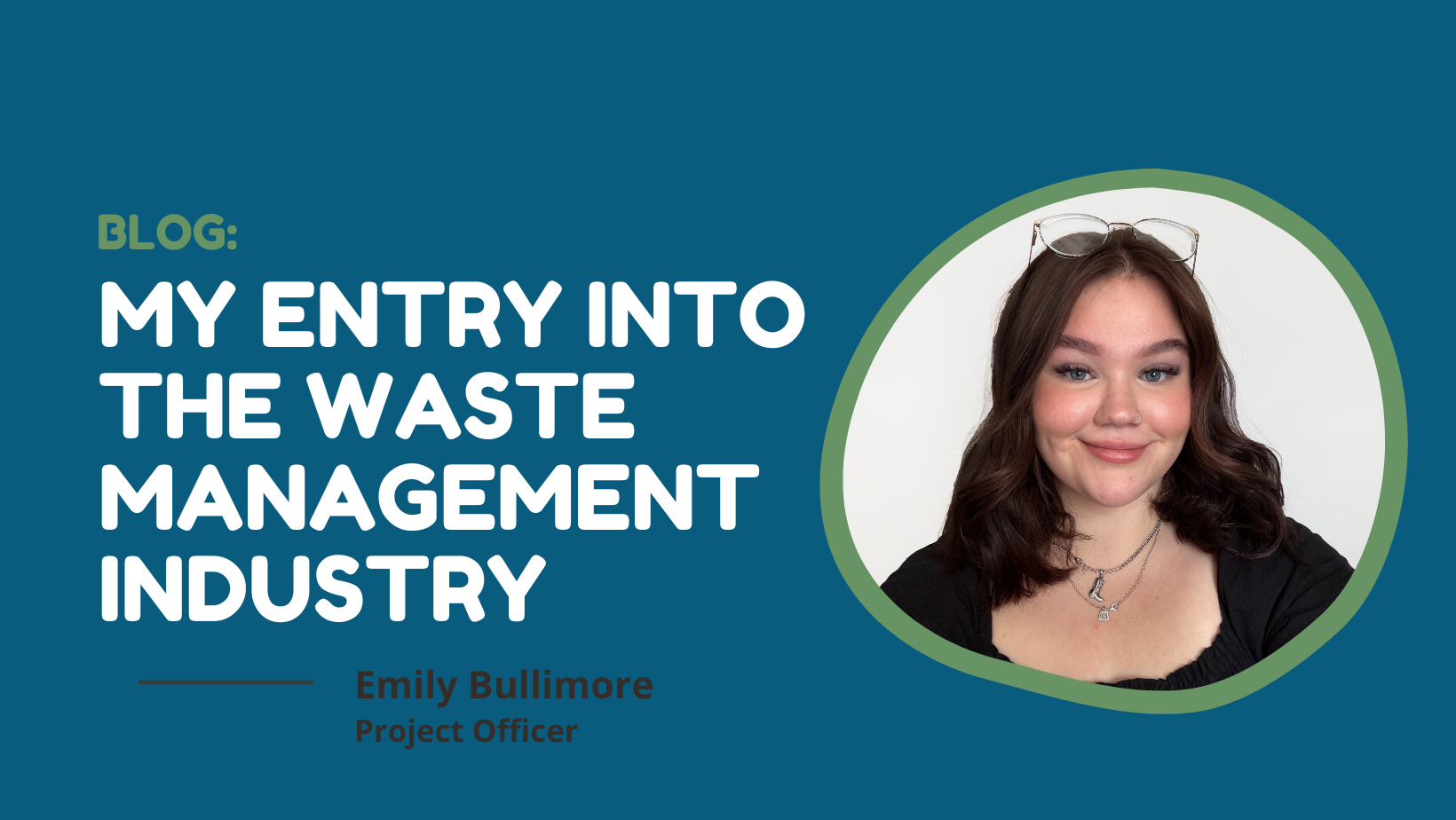
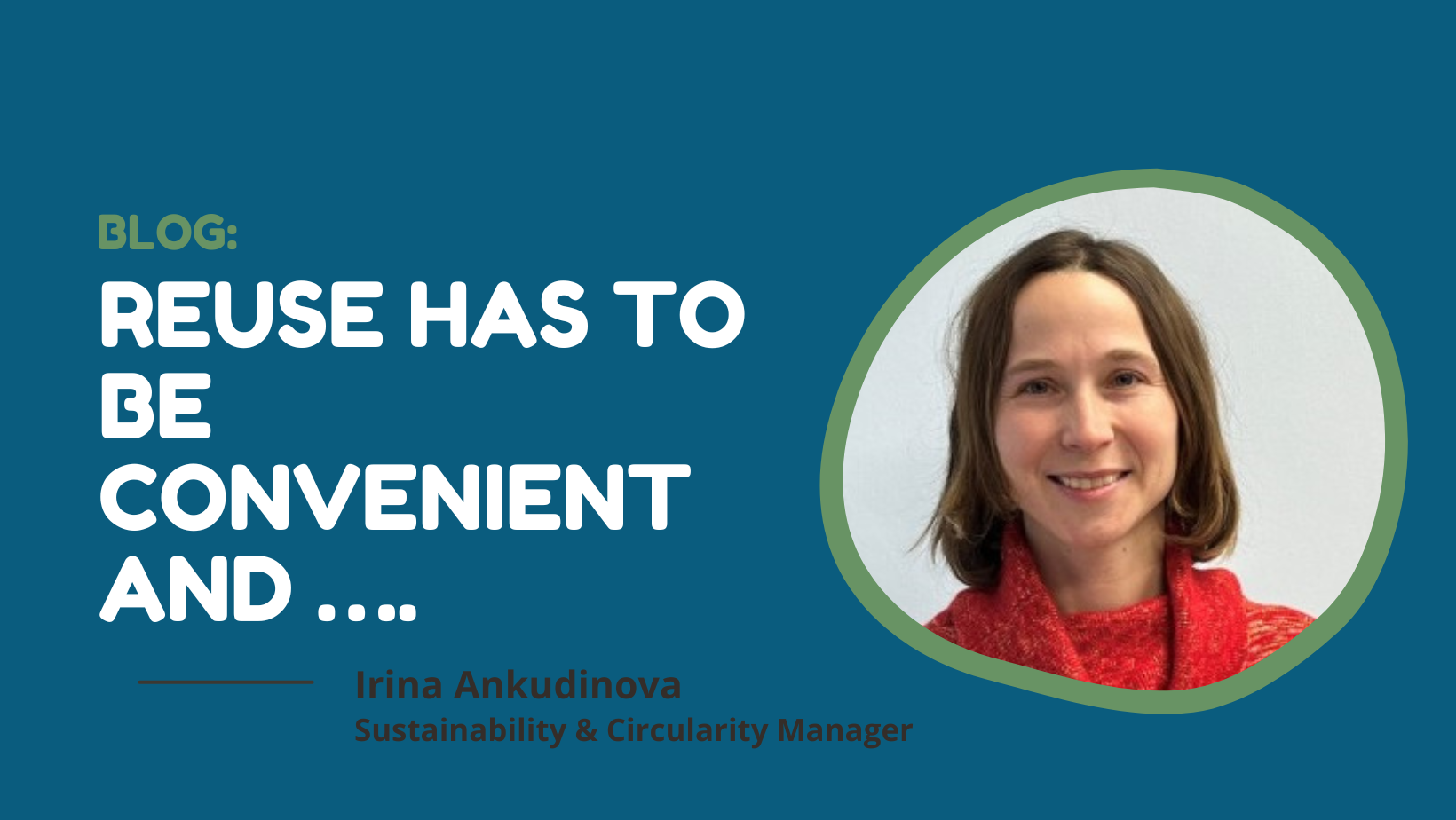 Over a year ago, my fruit and vegetable delivery service finally responded to customers’ requests, including mine. Since COVID times, the business has been asked to reuse delivery cardboard boxes. I asked for it through customer surveys and emails. I was not alone; it was in newsletters occasionally: “We know you want reuse, we are looking for ways to make it work.” And they did and offered to take cardboard boxes back for reuse. I could not be happier!
Over a year ago, my fruit and vegetable delivery service finally responded to customers’ requests, including mine. Since COVID times, the business has been asked to reuse delivery cardboard boxes. I asked for it through customer surveys and emails. I was not alone; it was in newsletters occasionally: “We know you want reuse, we are looking for ways to make it work.” And they did and offered to take cardboard boxes back for reuse. I could not be happier! Sometimes, more creative family members magically transformed the box into a plane or Easter bunny.
Sometimes, more creative family members magically transformed the box into a plane or Easter bunny.